- Author: Alejandro Del Pozo-Valdivia
- Posted by: Gale Perez
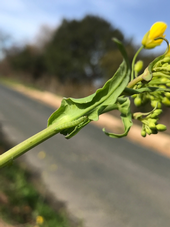
Diamondback moth (DBM) is a persistent pest in the Salinas-Castroville area. We were able to find late instar caterpillars in several spots along Blackie road on Tuesday, January 22nd. Basically, these caterpillars were feeding on brassica weeds, located along the side of the road (Fig. 1). This is an example of how insects exploit weeds as alternative hosts when there is a lack of a preferred and abundant host plant in the landscape. DBM will continue feeding on these weeds, while increasing their numbers. These DBM adults, originated from weeds, have the potential to infest any commercial cole crop during the upcoming weeks and months. Based on our observations, most of these caterpillars were close to pupate. Within the...
- Author: Sarah Light
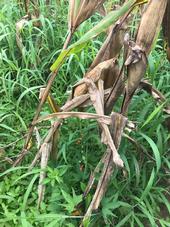
In March of this year I traveled to Chimoio, Mozambique to provide an Integrated Pest Management training to a group of farmers through the USAID Farmer-to-Farmer program. On my first day at the farm, we toured the farm and discussed their worst pest issues. One of the farmers brought a red flowering weed to show me, which he said it caused major issues in corn and was very difficult to control.
We continued on our way and it became clear that the biggest pest issue they were facing was the fall armyworm, an invasive species that spread to Mozambique in 2017 and can decimate a corn field. Since chemical inputs aren't always economically feasible for low-input systems like the one I was working in, I was interested learning about...
- Author: Guy B Kyser
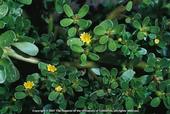
This has been a big year for purslane at the UC Davis farm. Common purslane (Portulaca oleracea) is a succulent summer annual weed with fleshy leaves and rubbery-looking stems. Native to Eurasia, or maybe Africa, purslane arrived in the Americas with the first Europeans to settle here. It is a common weed in row crops worldwide.
Purslane is a tasty vegetable, either raw or cooked, and sometimes appears in farmer's markets and grocery stores. It is reported to be high in omega-3 fatty acids.
It's also a royal pain in the neck as a crop weed. Each plant produces thousands of tiny, long-lived seeds. The brittle stems make it difficult to pull or hoe, and stem fragments left on the soil will readily re-root. I once...
- Author: Thomas Getts
- Author: Rachael Freeman Long
- Author: Lynn M. Sosnoskie
- Author: Mariano Galla
- View More...
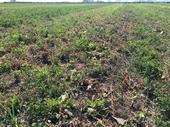
The old saying, “Everything's fine until it's not,” comes to mind when dealing with some tough to control perennial weeds in alfalfa production during the summertime. Such was the case for an alfalfa field in the Sacramento Valley, where weed control seemed good up until mid-summer, and then it wasn't. Perennial weeds that started off small and overlooked, grew through the season, persisting through multiple cuttings, including curly dock, plantain, and nutsedge. For tough to control weeds in alfalfa fields, one needs to determine: 1) What types of perennial weeds are present, and 2) How many of them are there, to make a decision on how to manage them. These sorts of weed issues can creep up quickly in older alfalfa...
- Author: Whitney Brim-DeForest
- Re-posted by: Gale Perez
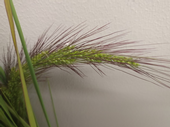
There are two (2) new posts on the UC Rice Blog written by Whitney Brim-DeForest, Cooperative Extension Rice Advisor.


